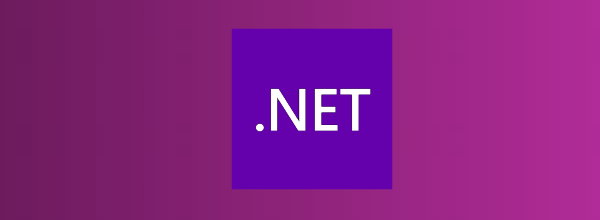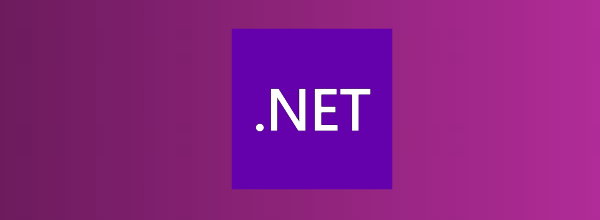Nello script #100 abbiamo visto come monitorare quando un dispositivo entra ed esce da determinate aree, attraverso le API di Geofence, quando l'app è in esecuzione.
Questo controllo può essere eseguito anche quando un'app non è in esecuzione grazie a un IBackgroundTask e a LocationTrigger, di tipo appunto Geofence.
All'interno della classe che implementa IBackgroundTask possiamo interrogare lo stato di GeofenceMonitor e lanciare, ad esempio, una notifica toast in caso ci sia un report con stato GeofenceState.Entered.
public sealed class GeofenceNotificationTask : IBackgroundTask
{
public void Run(IBackgroundTaskInstance taskInstance)
{
var reports = GeofenceMonitor.Current.ReadReports();
var report = reports.FirstOrDefault(r => r.NewState == GeofenceState.Entered);
if (report == null)
return;
var toastXmlContent = ToastNotificationManager.GetTemplateContent(ToastTemplateType.ToastText02);
var txtNodes = toastXmlContent.GetElementsByTagName("text");
txtNodes[0].InnerText = "Geofence entered";
txtNodes[1].InnerText = report.Geofence.Id;
var toast = new ToastNotification(toastXmlContent);
var toastNotifier = ToastNotificationManager.CreateToastNotifier();
toastNotifier.Show(toast);
}
}La registrazione del Background Task può essere eseguita dall'app vera e propria attraverso BackgroundTaskBuilder, impostando come trigger un oggetto LocationTrigger e specificando come TaskEntryPoint il fullname del nostro IBackgroundTask.
try
{
var result = await BackgroundExecutionManager.RequestAccessAsync();
bool isRegistered = BackgroundTaskRegistration.AllTasks.Any(x => x.Value.Name == "GeofenceNotificationTask");
if (!isRegistered)
{
var builder = new BackgroundTaskBuilder();
builder.Name = "GeofenceNotificationTask";
builder.TaskEntryPoint = typeof(WindowsRuntimeComponent1.GeofenceNotificationTask).FullName;
builder.SetTrigger(new LocationTrigger(LocationTriggerType.Geofence));
builder.Register();
}
}
catch (Exception ex)
{
}Commenti
Per inserire un commento, devi avere un account.
Fai il login e torna a questa pagina, oppure registrati alla nostra community.
Approfondimenti
Documentare i servizi REST con Swagger e OpenAPI con .NET 9
Utilizzare EF.Constant per evitare la parametrizzazione di query SQL
Scrivere selettori CSS più semplici ed efficienti con :is()
Utilizzare Azure Cosmos DB con i vettori
Creare una libreria CSS universale: Immagini
Utilizzare il metodo CountBy di LINQ per semplificare raggruppamenti e i conteggi
Creare una custom property in GitHub
Gestione file Javascript in Blazor con .NET 9
Eliminare una project wiki di Azure DevOps
Testare l'invio dei messaggi con Event Hubs Data Explorer
Eseguire query per recuperare il padre di un record che sfrutta il tipo HierarchyID in Entity Framework
Utilizzare Locust con Azure Load Testing




